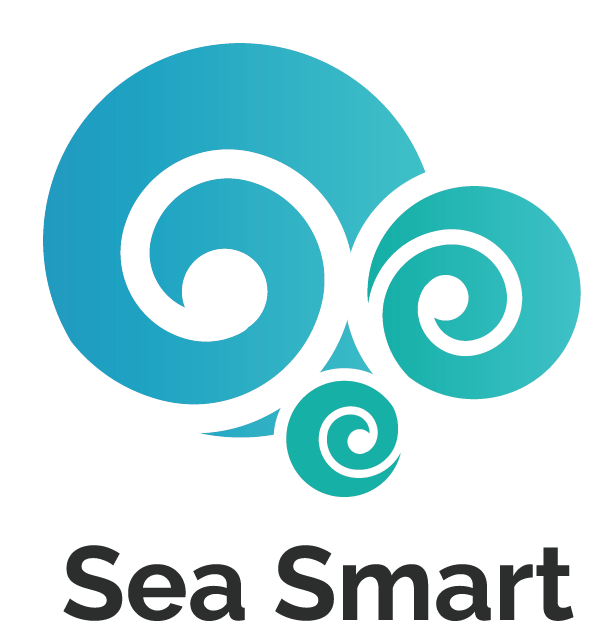What are Microplastics?
When exposed to the elements, such as sunlight, heat, and humidity, plastics break down into tiny fragments called microplastics. Microplastics are less than five millimeters long and never go away once they’re in the ocean. For example, microbeads, which are tiny plastic spheres, are added to body washes, toothpaste, and other products to give them extra scrubbing power. Lentil-sized pellets known as nurdles, which are used in the manufacture of many common plastic products, are also intentionally small.
How do microplastics affect ocean life?
Microplastics are eaten by tiny marine animals known as zooplankton who mistake microplastics for food. Microplastics are then carried up the food chain to other animals that eat zooplankton. Zooplankton forms the base of the ocean food chain, so their health is fundamental to a productive ocean and our ocean food supply.
How do microplastics affect humans?
Microplastics and plastics as a whole present a risk to human health since plastics may contain toxic chemicals like phthalates, bisphenol A and others used in the manufacturing process, and these chemicals have been found to cause cancer and other diseases in studies. When animals and humans consume these chemicals, we are more likely to get cancer and other severe health issues.
What can we do to minimize microplastics?
One of the most effective and direct ways to protect our oceans from microplastics is by reducing our overall plastic consumption. We can start by stopping the use of single-use plastics such as plastic bags, water bottles, straws, cups, utensils, dry cleaning bags, and take-out containers. We can use reusable tote bags when bagging groceries or personal mugs when ordering takeout coffee. We can also recycle plastic products more avidly to prevent plastics from entering our beloved ocean!
Microplastics and plastics are detrimental to our oceans and to marine species. It’s up to us to protect our oceans by limiting our plastic consumption and recycling plastic waste so plastics don’t end up in oceans which ultimately affect animals on land such as humans. If you want to get involved with Sea Smart and help protect our oceans, please join us as a volunteer or donate to our programs!




